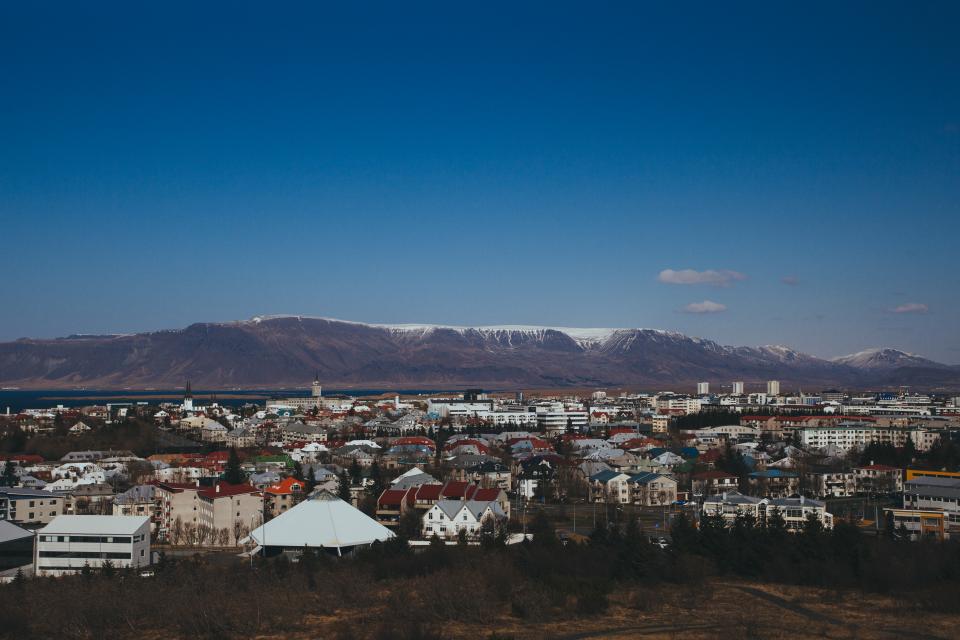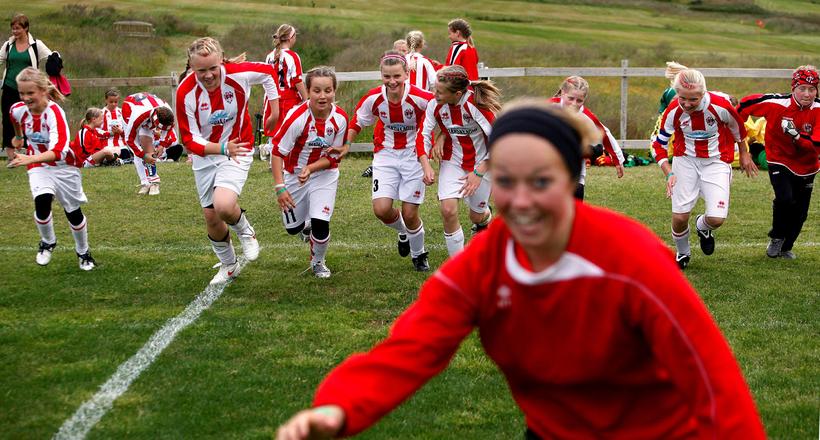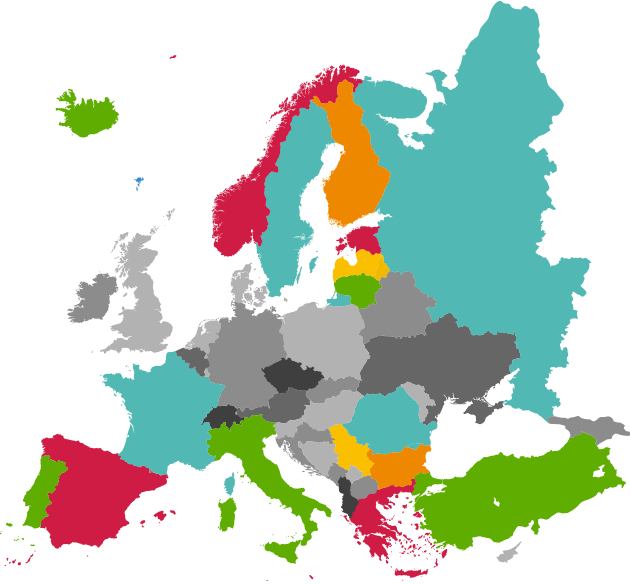
- Better Society -
- 4mins -
- 486 views
How one country persuaded its teens to give up drink and drugs
5 ways Iceland is winning the war on substance abuse among its teenagers.
20 years ago teens in Iceland were among the heaviest substance abusers in Europe — not now!
In 1998, 42% of Iceland’s 15 and 16 year-olds reported that they had got drunk in the past 30 days. Skip to 2016 and this figure had fallen to just 5%, while drug use and smoking had also sharply declined. The action plan that led to this dramatic success is sometimes called “the Icelandic Model” – and strikingly, it does not focus on tighter policing or awareness campaigns to warn children off bad habits. Instead, top researchers collaborate closely with communities on initiatives like parental pledges and night-time patrols after dark, while the government invests in recreational facilities. — BBC
Schools, parents and state working together
According to an article first published in Mosaic Science, the environment of an Icelandic teenager has drastically changed in 20 years. The reason for this is a programme called Youth in Iceland, which was created in response to a high percentage of teenage alcohol and substance abuse.
An annual survey takes place in Iceland’s schools to follow up on the results. In 18 years the percentage of 15- and 16-year-olds who had been drunk in the previous month plummeted from 42 percent in 1998 to 5 percent in 2016. The percentage who have ever used cannabis is down from 17 percent to 7 percent. Those smoking cigarettes every day fell from 23 percent to just 3 percent.
Youth in Iceland aimed to get parents, school and state to work together on the issue. Parents were encouraged to attend talks on the importance of spending time with their children, and their participation in their lives. Laws were changed so it became illegal to advertise alcohol, and the age restriction on purchasing alcohol was raised to 20 and 18 for buying cigarettes.
A curfew law was also passed prohibiting children aged between 13 and 16 from being outside after 10pm in winter and midnight in the summer. This law is still in effect today.
Source: IcelandMonitor

Proactive participation from the government with laws and funding
Increased funding for sports and other organised recreation. The Icelandic government also participated in another way; funding was raised for organised recreation such as sport, music, art, dance and other clubs. The aim was to give children alternative ways to be a part of a group, and to make sure children from low-income families could participate in this. Today in Reykjavik each child receives a grant for 50,000 ISK (412 Euro) for recreational activities.
Youth in Iceland links to success in sports? The author of the article in Mosaic Science wonders if perhaps the success of the Icelandic Men’s National Football Team in the Euro Cup in 2016 might in part have been a result of this — their most famous achievement being the defeat of England.
Football is not the only area in which Iceland has been successful in the past year. The same story goes for basketball, gymnastics and even music. “These are young people who have been pushed into organised work,” says Inga Dóra Sigfúsdóttir from the Youth in Iceland programme.
Source: IcelandMonitor

The idea originated in the USA and has spread to Europe via Iceland
An American psychology professor named Harvey Milkman had studied the cause behind addiction — why people do it. One idea led to another, orchestrating a social movement around natural highs. Around people getting high on their own brain chemistry. In 1991, Milkman was invited to Iceland to talk about this work, his findings and ideas. A collaboration resulted in the thought of using this idea, not to treat children with problems, but to stop them drinking and taking drugs in the first place. From this, Youth in Iceland was born as a nationwide plan, and European neighbours started to take notice.
Youth in Europe is based on the Icelandic Prevention Model that has proven successful as a primary prevention methodology since 1998. Since then, the model has been in continuous development in Iceland leading to one of the lowest prevalence of drug use amongst 15-16 year olds in all of Europe.
Since the year 2006, several European communities have initiated the development of their prevention work based on the model.
Check out the BBC World Service’s People Fixing The World documentary How Iceland Saved its Teens.
Source: IcelandMonitor

About Youth in Europe
Youth in Europe provides step-by-step milestone guidelines for cities and local communities to minimise drug use amongst children and adolescents. The program is designed for cities and local communities that are dedicated in their work to minimise drugs use amongst children and adolescents.
- Through systematic evaluation on status and development of drug use on a local basis
- Through targeting risk- and protective factors related to drug use initiation
- Through local seminars and trainingcourses for prevention personnel
Source: YouthInEurope.org

